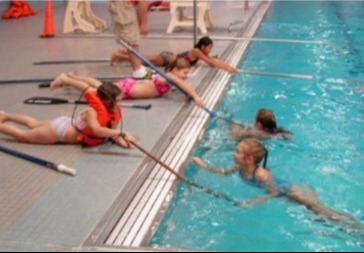Service learning is a teaching method that combines meaningful service to the community with curriculum-based learning. Students improve their academic skills by applying what they learn in school to the real world; they then reflect on their experience to reinforce the link between their service and their learning.
The Maryland State Department of Education requires each student to complete 75 hours of student service learning which includes preparation, action, and reflection as a high school graduation requirement. Each county decides how to implement its service learning program. Currently in Anne Arundel County, all service learning hours are infused into classes from 5th through 11th grade.
Infused hours–– the service-learning hours that students earn while participating in curriculum-based activities during classroom instruction; hours that are automatically entered into the student record.
All students start their service learning in 5th grade through the Water Ready with Drownproofing Program. In 6th grade, students complete their service learning hours with Chesapeake Connections through their science class. Students are involved in team-wide or school-wide projects that include preparation, action, and reflection in 7th and 8th grades. The middle school teams are given autonomy to plan projects that their schools connect with in their community. Some examples include projects that support The Special Olympics, Happy Helpers for the Homeless, and The Anne Arundel County Food Bank.
Students in high school complete their service learning requirements in classes, through infused hours. Those in our non-IB schools complete their hours in Biology, Health, US Government, and English 11. In our IB World Schools, students earn their hours in GCC, English 9, US Government, and English 10, and the Personal Project.



